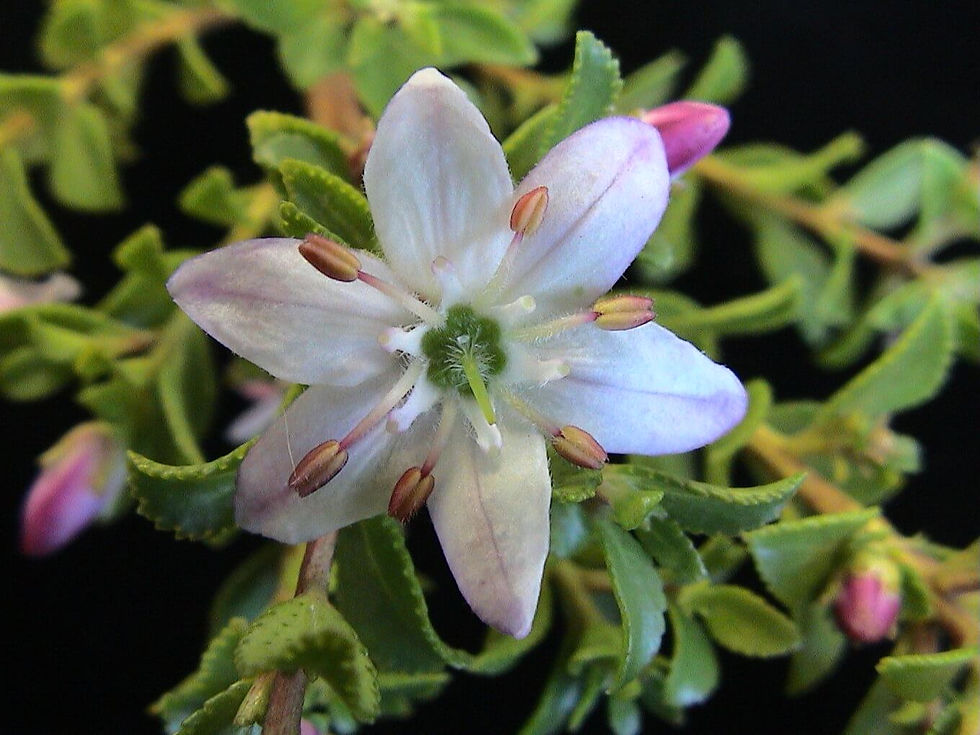







The bacteria sequenced during the 1KSA project represents a portion of the collection of bacteria housed in the IMBM Microbial biobank, one of the core biobanks of the Biodiversity Biobank South Africa (BBSA) programme. The bacteria are mostly isolates associated with South Africa marine invertabrates, marine sediment and selected soil samples such as Sub-Saharan desert sand and salt lakes samples.
As a contribution to the 1KSA, the IMBM sequenced the genomes of 500 of these strains. The images below serve as a visual representation of the diversity that is evident amongst the strains.
Although culturing techniques are routinely used as the first step in the identification of strains, the technique is not suitable for strains which have highly similar morphological features but are taxonomically different. In such cases, genome sequencing and the availability of genome sequence databases, offer a reliable tool for genera and species identification. Furthermore, the availability of the genome sequences of the bacterial strains enhances the value of the collection.
This unlocks exciting opportunities for in-depth analyses of the genomes, ranging from secondary biosynthetic pathway analyses and comprehensive annotation and comparative gene studies, but also for the discovery and development of bio-based products.
.png)
.png)
.png)
.png)
.png)
.png)
.png)
.png)
.png)
.png)
.png)
.png)
.jpg)
.jpg)
.jpg)
.jpg)
.jpg)
.jpg)
.jpg)
.jpg)
.jpg)
%20(1).jpg)
.jpg)
.jpg)
.jpg)
.jpg)
.jpg)

.jpg)
.jpg)
.jpg)
.jpg)
.jpg)
.jpg)
.jpg)
.jpg)
.jpg)
_edited.jpg)
_edited.jpg)
_edited.jpg)



.jpg)
.jpg)

.jpg)
.jpeg)
.jpeg)
.jpeg)
.png)













.jpg)
.jpg)
.jpg)
.jpg)
.jpg)
.jpg)
.jpg)
.jpg)
.jpg)
.jpg)
.jpg)
.jpeg)

.jpg)
.jpg)
.jpg)
.jpg)
.jpg)
.jpeg)


.jpeg)
.jpg)
.jpg)
.jpg)

.jpeg)
.jpeg)
.jpg)
.jpg)
.jpg)
.jpeg)
.jpg)
.jpeg)
.jpg)
.jpg)


.jpg)
.jpg)
.jpg)
.jpg)
.jpg)
.jpg)
.jpg)
jpg.jpg)
.png)













